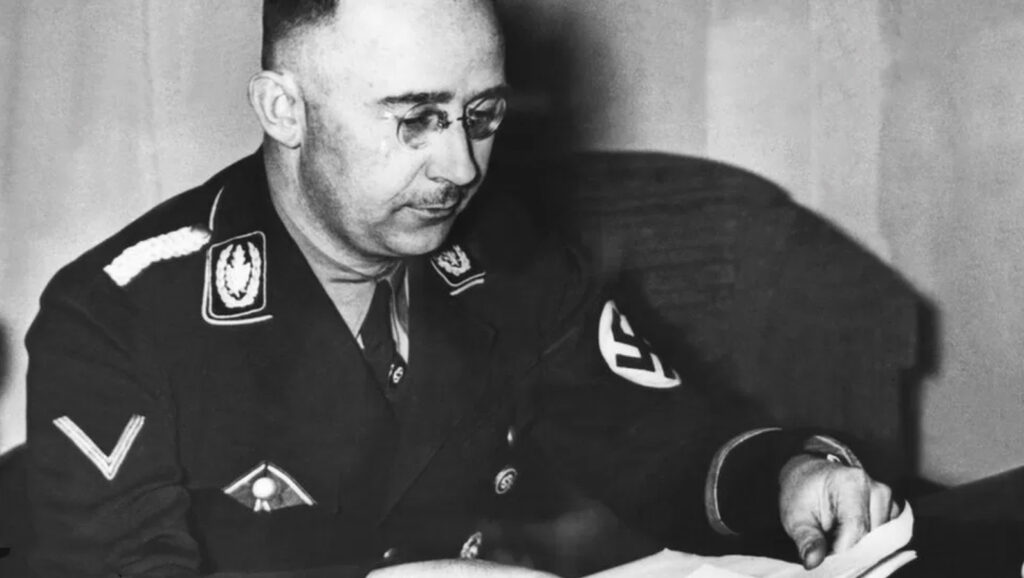
Title and Author
Hitler’s People: The Faces of the Third Reich
Author: Richard J. Evans
Published: August 13, 2024
Category: History
”Hitler’s People: The Faces of the Third Reich,” released by Waldemar Heckel on August 13, 2024, is an in-depth historical work exploring the social structure and individual lives within Nazi Germany. By illustrating the stories of a variety of ordinary Germans, Heckel reveals their living conditions, psychological journeys, and moral choices under Hitler’s rule. This character-centered narrative not only holds historical value but also serves as a profound reflection on human nature and political ethics. To delve deeper into the five core themes of this book, you can read the detailed review on our blog here.
Characterization and Narrative Structure
Heckel portrays ordinary people in Nazi Germany. He shows how they lived and made choices under Nazi pressure. The book features workers, peasants, intellectuals, military officers, and party officials, representing all segments of German society.
Representation of the Working Class
A worker in the book symbolizes the underclass forced to adapt. He joins the Nazi trade unions under pressure, despite disagreeing with their racist policies. Heckel shows how economic pressure and social control led individuals to compromise their beliefs.
The Peasant’s Living Conditions
A rural peasant’s story shows how Nazis spread nationalist ideas through propaganda. This character illustrates how Nazi ideology rooted in the lower classes and how traditional values were used to solidify their rule.
The Struggle of the Intellectuals
An intellectual faces a deep moral dilemma under Nazi suppression of free speech. He tries to maintain academic independence but eventually compromises under totalitarian pressure. This story reflects the suppression of intellectuals and their inner struggles under extreme circumstances.

Infighting and Corruption among Party Officials
A party official’s story reveals power struggles within the Nazi party. He constantly wavers between power and morality. The story exposes corruption and violence within the system and shows the vulnerability of individuals facing the temptations of power.
Themes Reflected by the Characters
These characters are witnesses to history and represent human and moral dilemmas under totalitarianism. Heckel explores key themes:
1. Obedience and Resistance
Heckel shows how individuals choose between obedience and resistance. Many outwardly submit to the Nazi regime but struggle internally, revealing the complexity of human nature.
2. Moral Responsibility and Individual Choice
The characters’ choices reflect their moral values and sense of responsibility. Heckel raises an important question: How should individuals assume moral responsibility under extreme political pressure?
3. The Penetration of Totalitarianism into Society
The stories show how Nazi ideology deeply infiltrated German society through education, propaganda, and control. Heckel reveals how totalitarianism shaped thoughts and behaviors, turning individuals into instruments of the regime.

Evaluation and Summary
Hitler’s People: The Faces of the Third Reich masterfully presents history through individual stories. Heckel portrays ordinary people and their moral dilemmas in Nazi Germany with subtlety and insight. He shows the Third Reich’s social structure and explores human nature and morality under totalitarianism.
The book’s strength lies in its authentic and diverse character portrayals. Heckel combines historical events with personal experiences, allowing readers to understand life under Nazi rule. However, the book is brief on certain historical contexts, which may confuse readers unfamiliar with the period.Overall, Hitler’s People is insightful and scholarly. It offers new perspectives on history and provides important reflections on human nature and totalitarianism.
Related Recommendations
If you find this book interesting, consider these titles:
- 《Ordinary Men 》by Christopher R. Browning: Explores how ordinary German policemen became mass murderers under the Nazis.
- 《The Third Reich in Power 》by Richard J. Evans: A detailed study of Nazi Germany’s social and political structure.
- 《The Origins of Totalitarianism 》by Hannah Arendt: Analyzes the origins and workings of totalitarianism.




